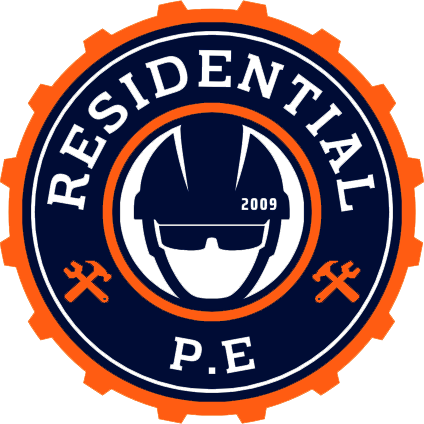
Differences Between Outlet Malls and Lifestyle Centers: A Construction Edge Perspective
If you love shopping, chances are you’ve found yourself wandering through both outlet malls and lifestyle centers. While they share some similarities, being shopping destinations brimming with a variety of retailers, their differences are not to be underestimated. In our extensive experience in the permitting arena, Construction Edge has managed an array of projects spanning these two distinct types of shopping centers. Below, we elaborate on three key areas that set them apart: clientele, tenant mix, and design approach.
Understanding the Clientele
One of the most decisive factors that influence the architecture and planning of any shopping center is the customer base it aims to serve. Developers, architects, and permit expediters like us at Construction Edge, focus on understanding the type of customers who will frequent the center, informing the overall layout and amenities offered.
Outlet Malls: Outlet centers primarily target budget-conscious shoppers on the hunt for a good deal. Visitors to outlet malls are generally well-aware that they may be compromising on product quality in exchange for reduced pricing. And they are perfectly fine with this trade-off.
Lifestyle Centers: Conversely, lifestyle centers aim to attract a more upscale, discerning customer base. As described by the International Council of Shopping Centers (ICSC), lifestyle centers are typically frequented by consumers in search of premium-quality goods and are less concerned with finding steep discounts, although seasonal sales do occur.
Tenant Selection
Another major difference lies in the kind of tenants that each type of shopping center attracts.
Outlet Malls: When you step into an outlet mall, you’re likely to encounter brands like Gap, Ann Taylor, and Nike. However, what you won’t usually find are a plethora of sit-down dining options, movie theaters, or fitness centers. The focus here is primarily on retail.
Lifestyle Centers: Take, for example, our permitting coordination for the Century City Mall in Los Angeles. This lifestyle center was home to a wide range of tenants—retail stores, high-end restaurants, salons and spas, fitness centers, health facilities, even car dealerships and entertainment venues. This diversity reflects a broader ‘live, work, play’ philosophy that lifestyle centers adopt.
Architectural Design and Permitting Requirements
The contrasting tenants and customer bases inevitably lead to distinct architectural designs, something we’ve charted below for easy understanding.
-
Outlet Malls: These centers tend to have a more simplistic, functional design featuring basic core structures and minimal landscaping. They’re often situated near busy highways and have standard retail parking requirements.
-
Lifestyle Centers: Here, you’ll find complex, multi-level structures featuring plush landscaping, fountains, and patios. They are usually nestled in high-value real estate areas and have more rigorous parking standards to meet.
The design intricacies translate into differing permitting needs and application requirements, which as permit expediting experts, we at Construction Edge are well-equipped to handle.
Wrapping Up
Understanding these differences is crucial, not just for consumers but also for retailers, architects, and developers. At Construction Edge, we pride ourselves on our capability to adapt our approach according to the unique needs of each type of shopping center, thus ensuring that your permitting process is as smooth and efficient as possible.
Visit us at www.constructionedge.site for a tailored consultation on how we can expedite your next shopping center project.
